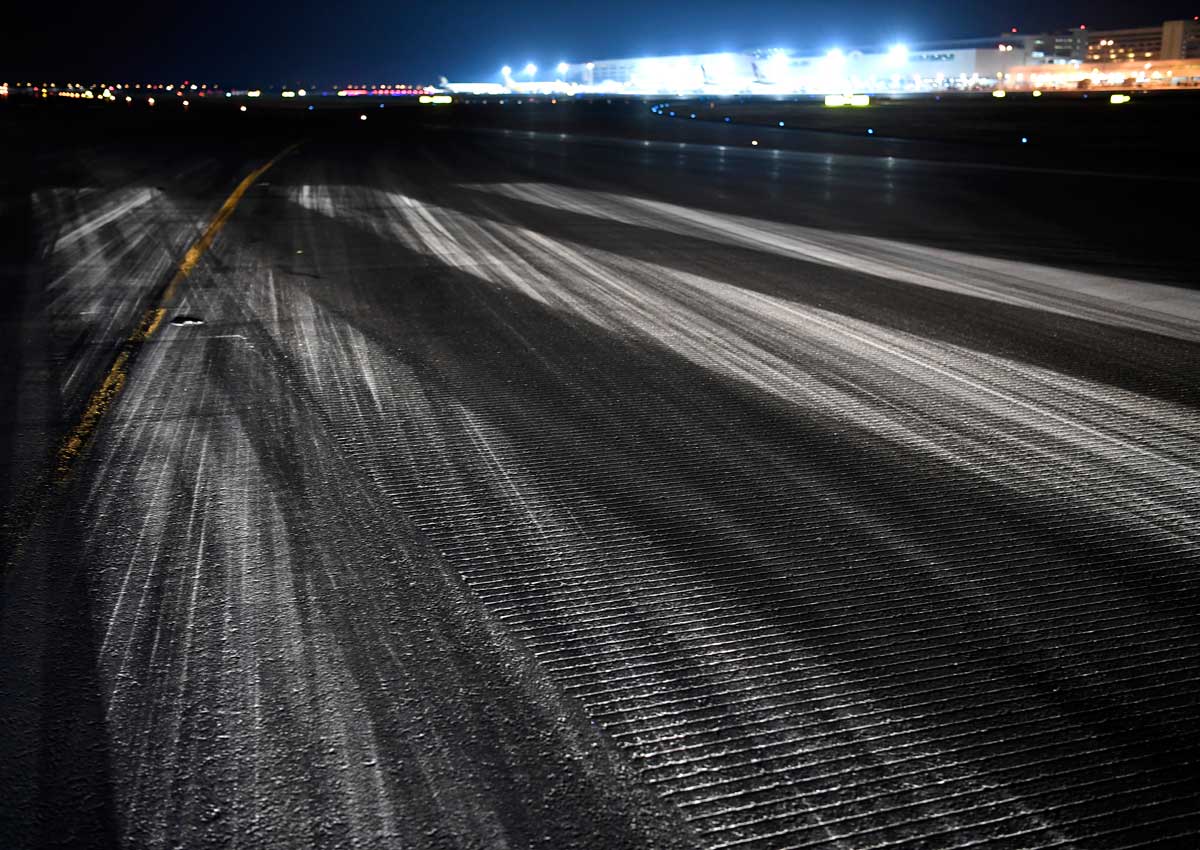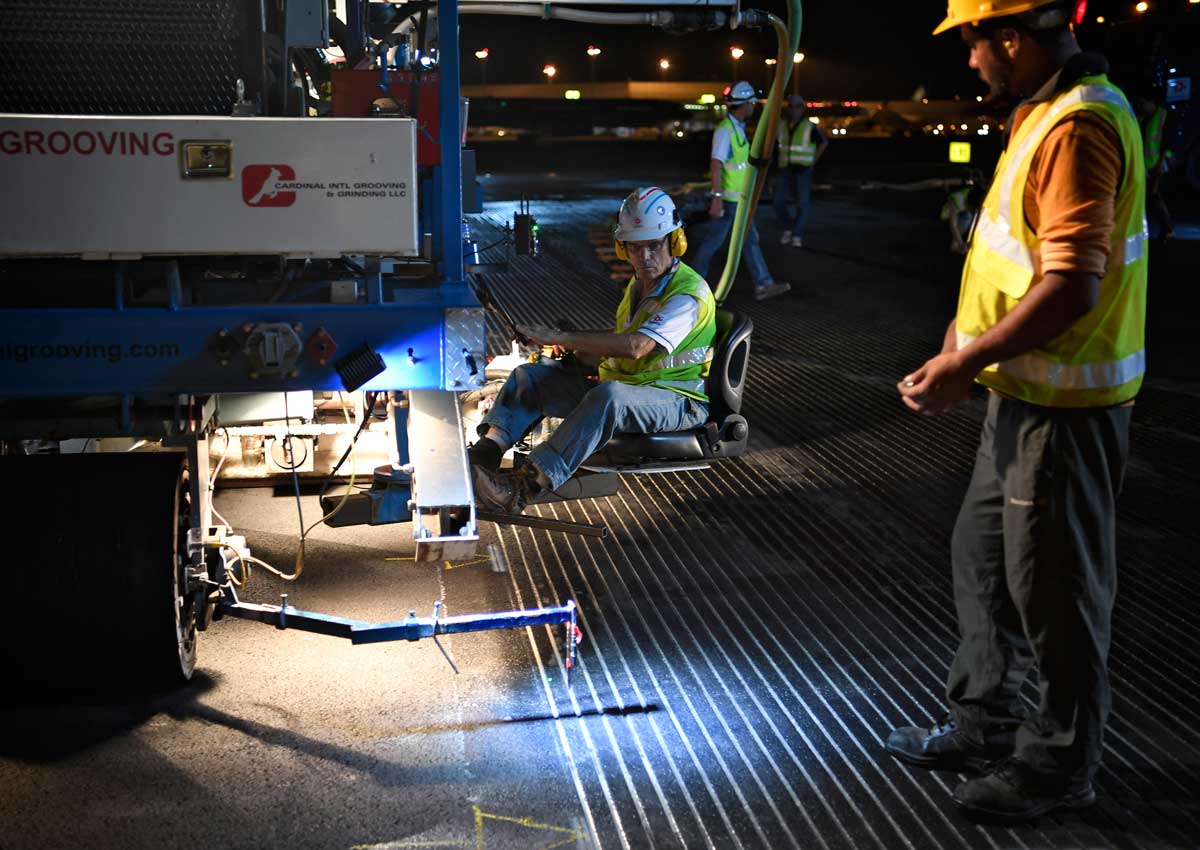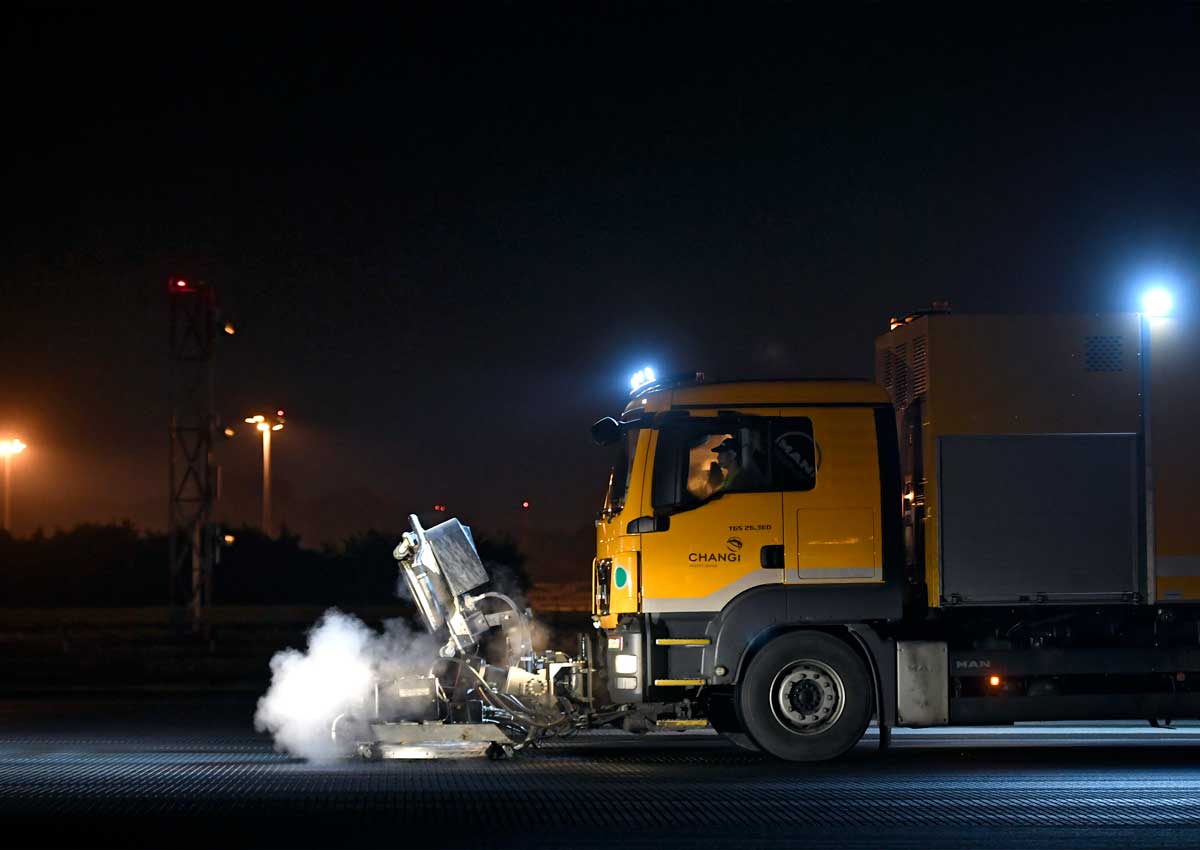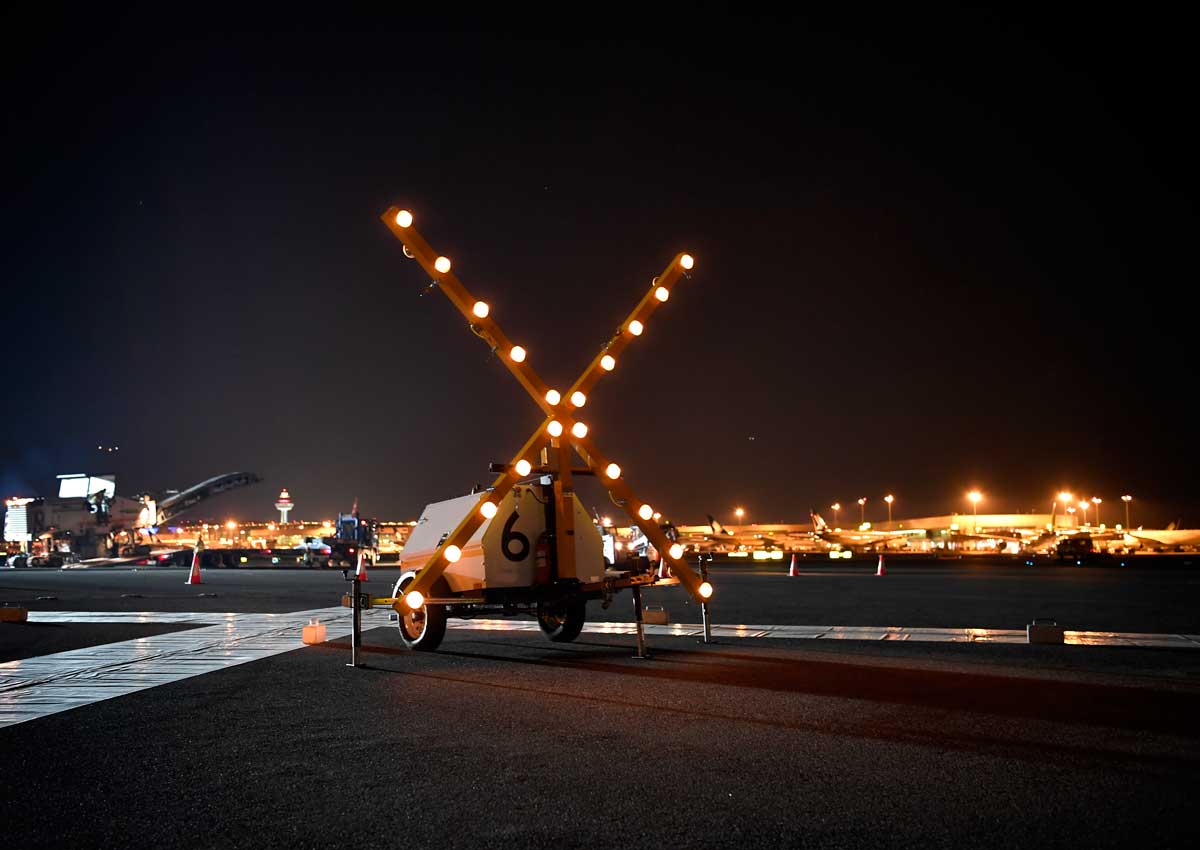With a growing number of flights working the runways harder and rising temperatures that accelerate wear and tear, Changi Airport has turned to new machines and materials to reduce runway downtime.
The aim is to cut repair time as well as strengthen the surfaces so they need less maintenance.
From periods of seven hours a few years ago, its two runways now close for just 51/2 hours each time – twice a week for Runway 1 and five times a week for the second runway.
The longer the runways stay open, the more flights Changi can handle, the airport’s senior vice-president (engineering management and systems planning) Teng Hwee Onn told The Straits Times.
Experts say this is critical for an airport vying with others to become Asia’s key hub for regional and global traffic.

“Every week, more than 6,800 flights take off and land at Changi Airport’s two runways and the number looks set to increase with growing traffic,” Mr Teng said.
Between January and August, Asian airlines carried 6.5 per cent more international passengers than they did during the same eight months last year, according to the Association of Asia Pacific Airlines. To prepare for even more traffic, Changi Airport is building Terminal 4 and Terminal 5, as well as a third runway.
For now, the focus is on working existing resources harder.
Technology has quickened things up and reduced manpower needs, Mr Teng said last Friday, as he gave The Straits Times a rare insight into what happens when the runways are off-limits to planes.

The task is to repair and clean the 4km-long, 60m-wide strip, battered by hundreds of landings and take-offs, for the next onslaught. At midnight, the work kicked off with a 15-minute safety briefing. It was a massive operation with close to 100 workers and over 50 vehicles. At 12.35am, the all-clear came from the air traffic control tower.
With that, the barrier was lifted and the convoy of vehicles carrying men and machines moved in; headlights and floodlights illuminating the night sky and tarmac.
Different teams tackled different jobs. Resurfacing works were carried out, using a stronger asphalt mix designed to prolong the runway’s lifespan.

To prevent aircraft skidding, a growing concern due to inclement weather, workers cut the runway with specially-shaped grooves that drain the excess water away.
Each time the runway closes, airfield lights are serviced and pavement markings that guide pilots are repainted.
Other workers cut 600ha of grass – half the airport’s total land area – to keep birds away. Several sessions are needed.
Debris removal is key, said Mr Teng.
Each time a plane lands, its tyres deposit rubber residue which is removed with a recently purchased vehicle that does more in less time than its predecessor and needs two instead of seven men.

As the night came to a close, at least 120kg of rubber deposit had been collected, more than 50 runway lights replaced and about 200 litres of paint used up.
Mr Teng said: “Half an hour before runway re-opening, all work has to stop so final checks can be done to make sure nothing has been left behind.”
At 6am, the runway was good to go – until the next closure three days later.

This article was first published on Oct 3, 2016.
Get a copy of The Straits Times or go to straitstimes.com for more stories.






